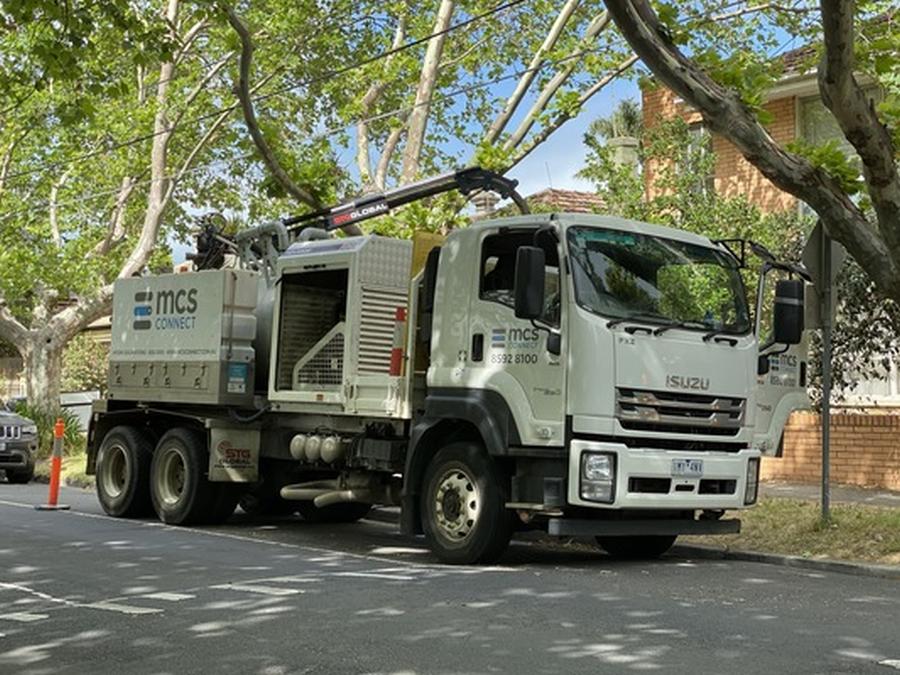
(03) 8592 8100
The Step-by-Step Guide to Connecting Your Multi-Res Development to the NBN
When it comes to coordinating a multi-residential development project, timing is everything. Successfully bringing together all the required elements to meet your project deadlines requires meticulous planning and a solid understanding of where each component fits—from the foundations and footings to the smaller (but equally important) details like your NBN connection.
Connecting your development to the NBN may seem simple enough, but there are a number of steps involved which if not handled correctly, can throw a spanner in the works and delay your development significantly. So, if you’re planning on handling this aspect of the build yourself (rather than outsourcing to a telecommunications provider), read on to discover the step-by-step guide to connecting your multi-res development to the NBN.
Step 1: Start planning early
In order to meet requirements and obtain approvals needed during the construction phase, you’ll need to allow plenty of time between lodging your application for a new development and the time when your tenants move in. You can get started on the planning once you’ve locked in your architect, builder and contractors. As a guide, nbnco suggests a small lot sub-division with two residential units generally takes a minimum of three months to approve, while anything larger is often six months at a minimum.
In the meantime, it’s your responsibility to arrange who will complete the works within your boundary, making sure they meet the strict guidelines. While you can choose to manage the process yourself, most developers prefer to partner with a contractor like MCS Connect, who will take care of the design, construction and compliance of your connection to be sure it is done right.
Tip: Engaging a telecommunications contractor is highly recommended, because if the works are not completed to the required standard, it will cause significant budget and time frame blowouts to fix.

Step 2: Lodge your new development application
Lodging your application involves first completing an online eligibility check, and then an online application. Make sure you complete each part correctly and completely, and submit it to the correct provider. You will also need to submit a service plan or master development plan in the specified format to avoid any unnecessary delays.
Tip: You might be asked to submit an AutoCAD, AYCA, NBN Pathway or Telecommunications plan—if you need help preparing these, our design team can assist.

Step 3: Agree to terms and pay charges
Your application will be assessed, and you will be advised of the charges to be paid and expected time frame to connect. Under government policy, developers are required to pay a contribution charge per premises to repay the costs of deploying the NBN infrastructure. Once you agree and pay, you will be sent a letter of conditional approval (if applicable).
Tip: At the time of writing, the fee is capped at $600 per premises for single dwelling units and $400 per premises for multi dwelling units. Check the nbnco website FAQs for current charges or to learn more.

Step 4: Design and build to the required standard
Once your design plans are approved, your contractor can start building the infrastructure within your property boundary as shown on the approved plans you submitted with your application. It is vital that all works are completed exactly as shown and to the required standard, so be sure to only engage a qualified person as the responsibility to QA the works lies with you.
Tip: At MCS, we guarantee our works will meet the requirements every time, so there are no surprises or out of pocket costs.

Step 5: Get ready to connect
When your infrastructure has been built to the approved plans, it’s almost time to connect. A site inspection will be conducted to make sure the works have been done exactly as specified and to the required standard. If it all checks out, you will be issued with a Certificate of Practical Compliance (PCC). If anything needs to be changed or fixed, you will be required to so before any approval is granted.
If everything checks out, the installation of the access network to your property boundary will be completed by an approved delivery partner, then tested and activated, ready for connection with your chosen phone and internet provider.
Tip: In Victoria, you will also need to arrange VC81 documents signed off by a qualified company or person, before most councils will release a Statement of Compliance for developments. This in itself can be a complicated process, and our team are happy to handle this for you, either as part of our Telecommunications and Compliance service or as an individual request.

Get the right help
As you can see, getting your multi-res development NBN ready is not as simple as it sounds—in fact, it is a multi-layered and complex task that requires the right knowledge and expertise to execute effectively.
While some developers have the ability to successfully implement the above steps through their team or extended network, more and more developers are choosing to work with a telecommunications contractor to avoid delays and costly mistakes.
If you’d like information on how we can help you complete the NBN connection on your next development, get in touch with our friendly team on 03 8592 8100 or download our pricing and services guide today!

